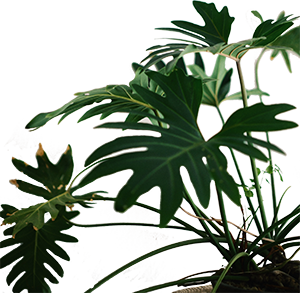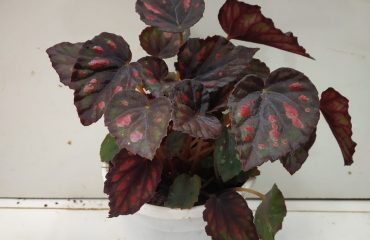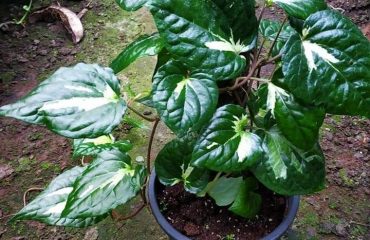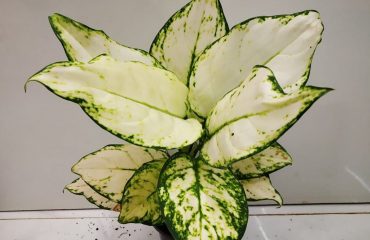GROWING AND CARING FOR YOUR BONSAI
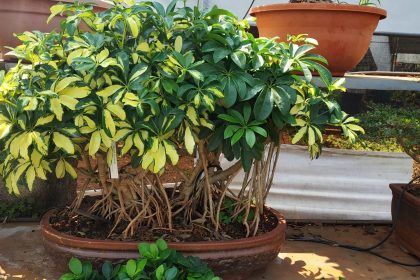
Caring for a Bonsai tree is not nearly as hard as is commonly thought. However, as Bonsai trees are planted in small pots a few basic guidelines have to be followed when watering, fertilizing and repotting your trees.
What is a Bonsai Tree?
A bonsai tree is a miniature tree that is planted within a container. In fact, the term “bonsai” literally means “planted in a container” in Japanese.
Bonsai refers to the art of cultivating these small trees and is an integral part of Japanese culture dating back to the early 14th century. Once enjoyed by only the wealthiest aristocrats and high-ranking members of Japanese society, bonsai is now an art form that is enjoyed by people from all around the world.
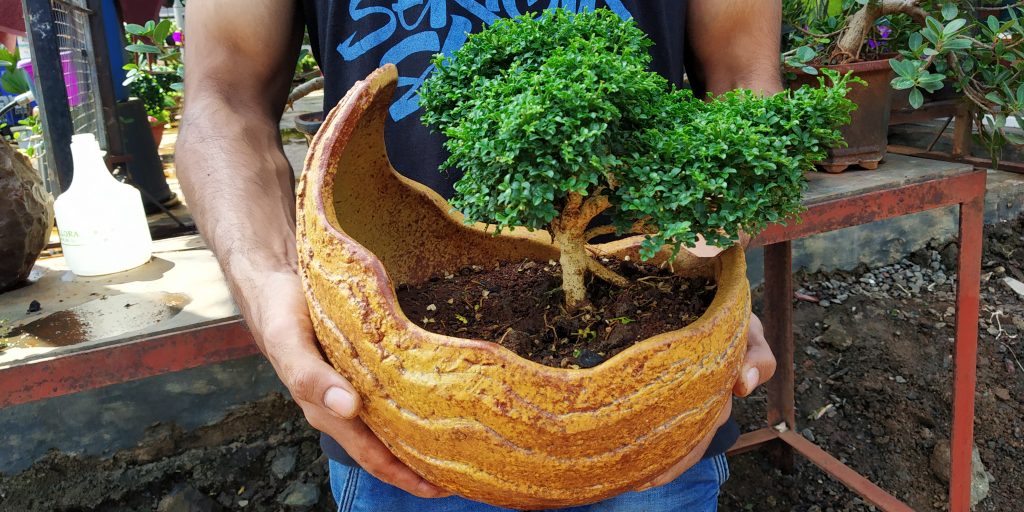
How To Take Proper Care Of Your Indoor Bonsai Tree
How to Position Your Bonsai Tree:-
To determine the best location to display your bonsai, you’ll need to know what type of tree it is and whether or not it’s an indoor or outdoor plant.
Most common types of bonsai such as juniper, pine and spruce trees are outdoor plants and should be exposed to the seasons like their larger counterparts. Outdoor bonsai also include deciduous trees, meaning that their leaves change with the seasons. These include maple, elms and gingko.
Indoor bonsai trees are typically subtropical species which thrive off of stable temperatures throughout the year. These include jade plants, Hawaiian umbrella trees, and ficus trees.
Once you’ve figured out what type of bonsai tree you have, the rest is fairly simple. Here are some general tips on bonsai tree positioning that typically apply to all types of bonsai trees.
- Positioning: Your bonsai should be kept away from direct heat or draft.
- Lighting: Keep your bonsai in area with plenty of sunlight.
- Humidity: Bonsais need humidity in order to keep their soil moist.
Watering Your Bonsai Tree
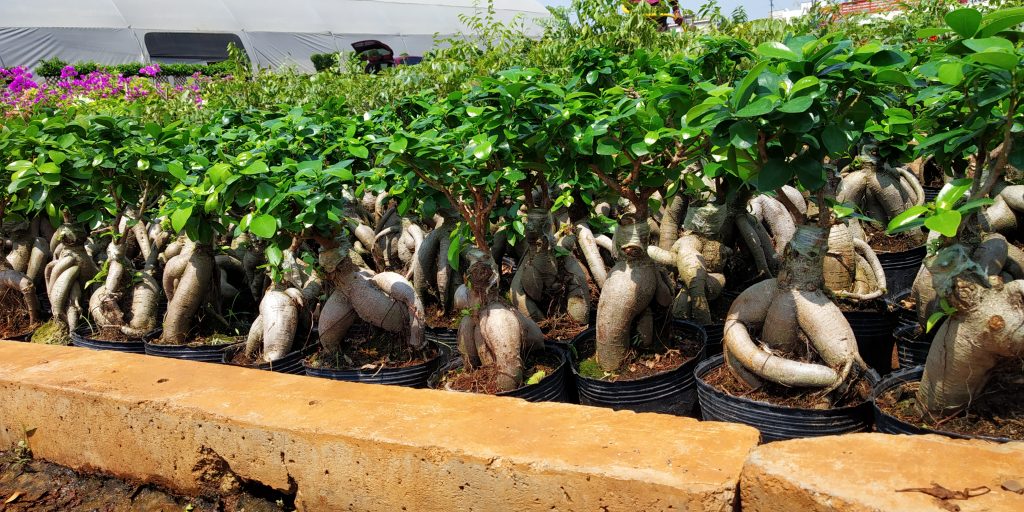
The number one cause of most bonsai tree deaths is under-watering. Because the soil layer is so shallow, it is prone to drying out very quickly. Bonsai trees should be watered right when the top layer of soil appears dry. Depending on the type and size of your tree, as well as the type of soil you use, the frequency of watering can differ and can even be once a day. Therefore, it’s best to water each of your bonsai plants individually, instead of sticking to a routine.
When watering your bonsai tree, the main goal is to fully saturate the root system with water. To ensure proper saturation, keep watering until water escapes through the draining holes. To allow for proper draining, many bonsai trees come with a tray to collect excess water.
Overwatering can also be detrimental for your bonsai tree. Symptoms of an overwatered bonsai include: yellowing of leaves and the shriveling of smaller branches. If a bonsai is overwatered, its roots are drowning in water and are deprived of oxygen which prevents further growth to support the tree. Overwatering can also result from poor-draining soil.
To ensure that you are watering your bonsai properly, you’ll need to assess your bonsai tree daily. The rule of thumb is to water as soon as the soil appears dry.
Pruning and Shaping Your Bonsai Tree

Pruning is essential for keeping bonsai trees small and for maintaining their compact shape. There are two main types of pruning: maintenance pruning and structural pruning.
Maintenance pruning strengthens the tree by encouraging new growth. By cutting away young shoots and leaves it exposes the leaves underneath to air and sunlight which further strengthens the tree and benefits its overall health.
Areas that require maintenance pruning include the branches, buds, and leaves. Pruning away branches encourages the growth of smaller branches and allows you to control the shape of your tree. Pruning buds away from branches produces a more compact leaf growth which encourages the growth of smaller leaves.
Choosing the Right Soil For Your Bonsai
The key to choosing the right soil for your bonsai is to choose one that offers proper drainage. Add large particles to your soil mixture, such as volcanic rock or stones, to improve drainage and to introduce air into the soil. The ideal soil mixture should also be able to hold water which can be improved by adding clay.
Bonsai Tree Care: A Quick Guide
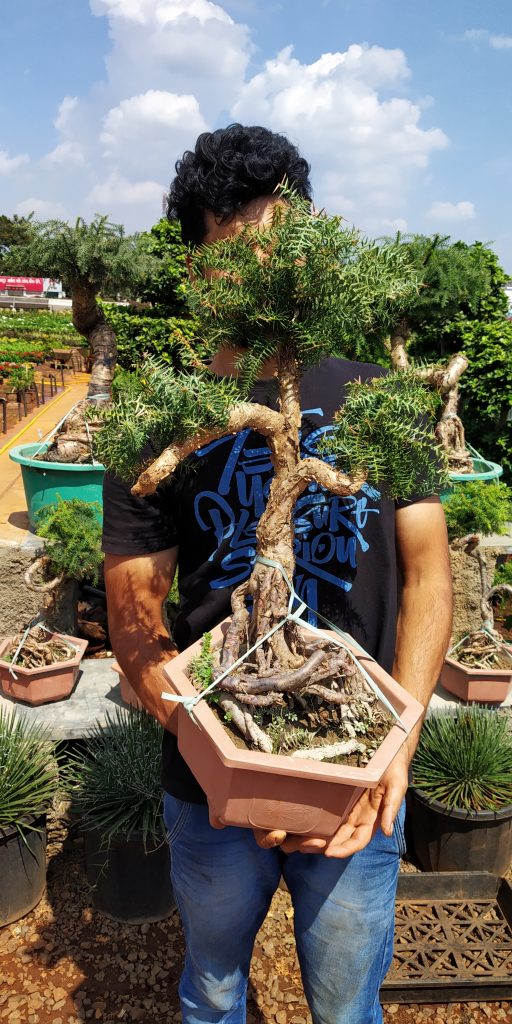
They say that bonsai isn’t just a plant, it’s a way of life. Bonsai trees require regular care and maintenance. Just follow our tips on how to care for a bonsai tree and soon you’ll be on your way to becoming a true bonsai pro!
For beginners, Juniper bonsai trees are the easiest to care for so they’re perfect for novice bonsai enthusiasts. Flowering bonsai like the gardenia bonsai are great for adding variety (and fragrance) to your bonsai collection.
To help you remember bonsai care essentials, we created a handy reference guide below with quick tips for each stage.


